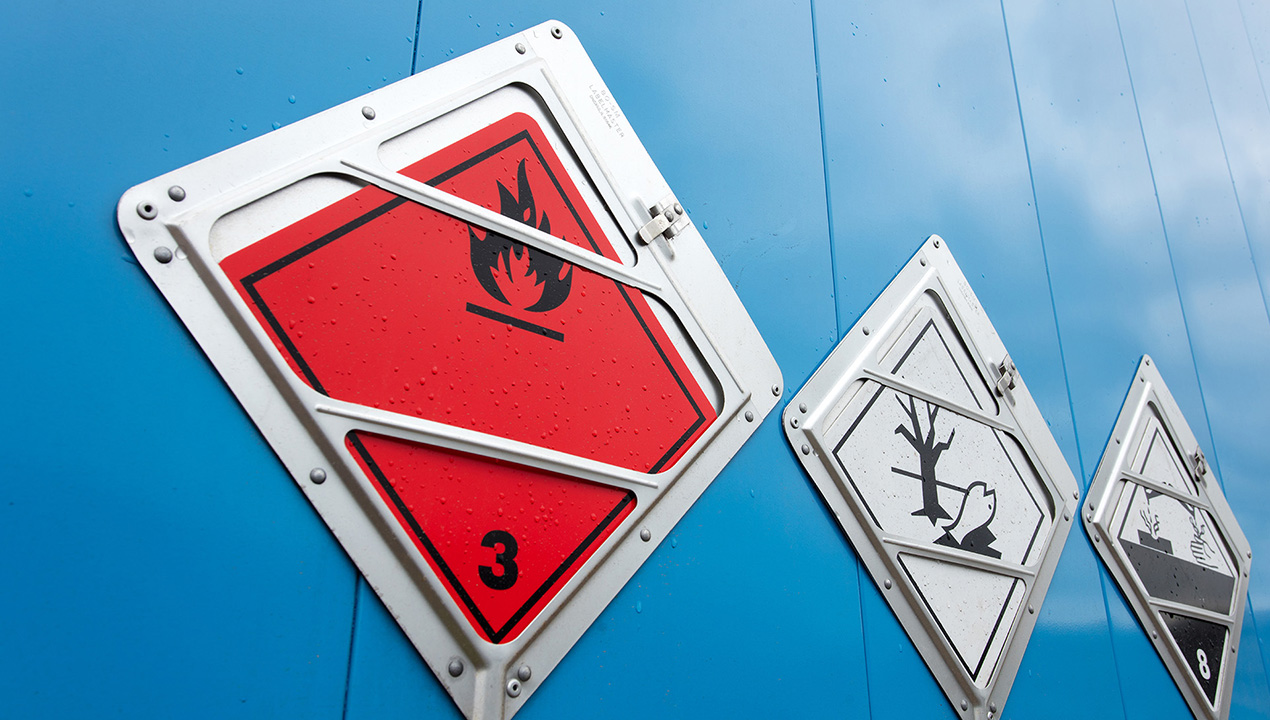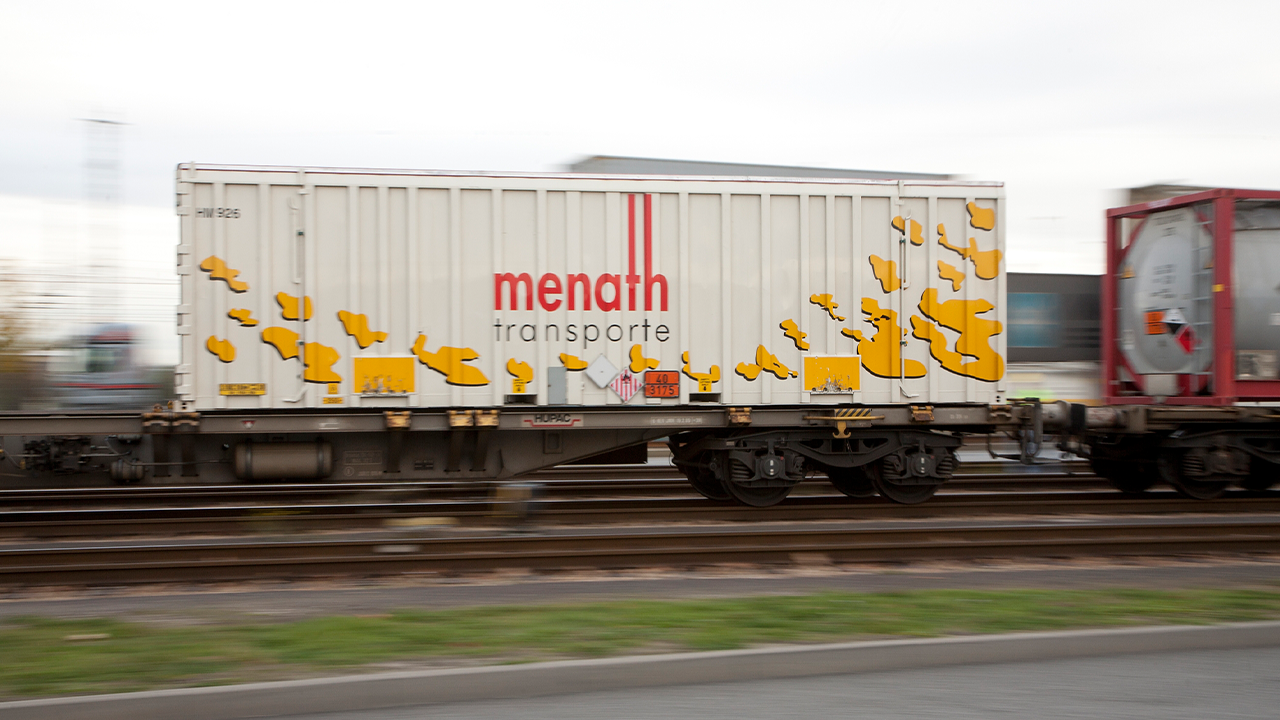
In principle, all hazardous goods can be transported by rail in combined transport. And that is a good thing. After all, statistics show that hazardous goods are 40 times safer on rail than on the road. However, there are restrictions for certain countries and terminals. For transports of class 1 (explosive substances and objects) and class 7 (radioactive objects), coordination with our dangerous goods officer is always required before the start of transport. Most waste can also be transported in Combined Transport. In this case, the waste regulations and - if the waste to be transported is also dangerous goods - the dangerous goods regulations must also be observed and complied with.
According to RID (Table A), the following dangerous goods may not be transported by rail:
- explosive substances of class 1 compatibility group A (UN 0074, 0113, 0114, 0129, 0130, 0135, 0224 and 0473)
- self-reactive substances of Class 4.1 requiring temperature control (UN 3231 to 3240)
- polymerizing substances of Class 4.1 requiring temperature control (UN 3533 and 3534)
- organic peroxides of Class 5.2 requiring temperature control (UN 3111 to 3120)
- Sulphur trioxide with a purity of at least 99.95% carried in tanks without inhibitors (UN 1829)
- We advise on legal regulations
- We advise on packaging and routing
- We point out the special features of intermodal transport by road / rail / ship
- We are also active internally: we regularly train employees in the agencies and in-house
Here you will find the most important legal provisions and instructions for the labeling of loading units and the use of danger labels for the transport of dangerous goods in Combined Transport for reference.
Which dangerous goods may not be transported on which connections.


